Clayton Wright, who built the pedal-and-propeller powered skiff featured as our Reader Built Boat in this issue, put an extraordinary effort into inventing a drive system for the boat only to discover during sea trials that it fell far short of his expectations. “The boat is back in the basement,” he wrote, “I’m going to throw a sheet over her and try to put her out of my mind.” The original King Island kayaks were covered in seal or walrus skins. I used #10 duck and painted it with airplane dope.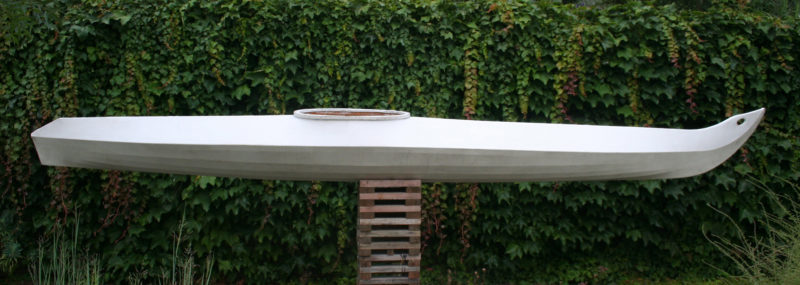
Join The Conversation
We welcome your comments about this article. To include a photo with your remarks, click Choose File below the Comment box.

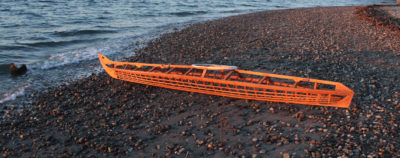
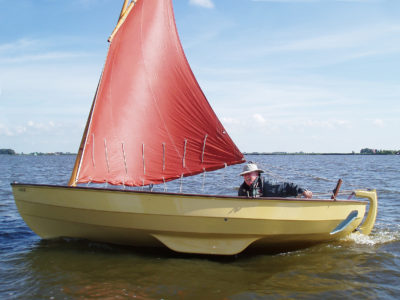
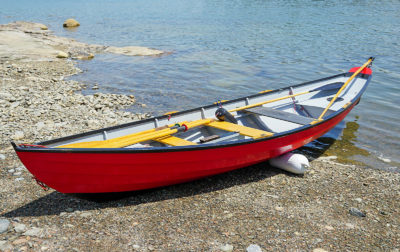
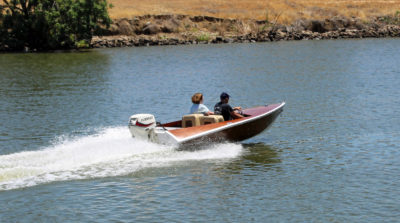
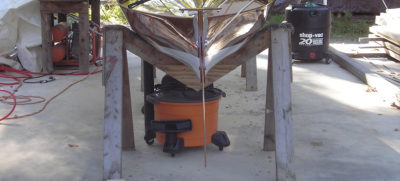
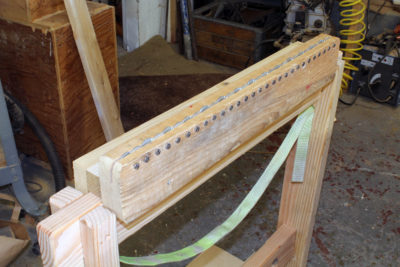

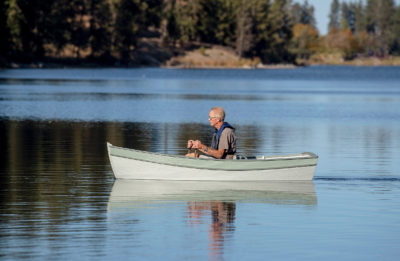
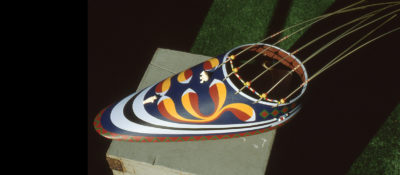
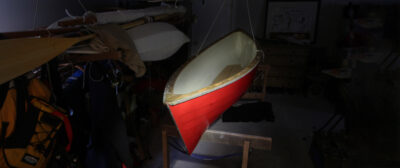
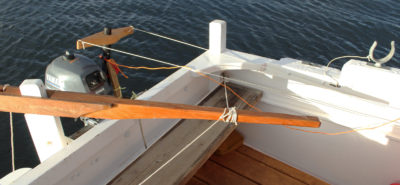
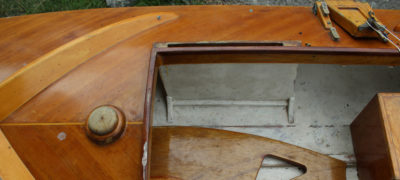
Maybe this kayak was meant to have loads of stuff to carry. I know of whole families to be transported inside kayaks.
Also, Vikings took beach stones as ballast in their boats, to get rid of when there was enough cargo.
In the 1922 file, Nanook of the North, Nanook paddles ashore (5 minutes into the video) with a son, who is perhaps 4 years old, on deck. Nanook gets out of his kayak, puts his son ashore and then helps the rest of his family crawl out of the cockpit: his wife, an infant, an adolescent daughter, and a puppy. The Hooper Bay could carry a similar load, but it would be a tight squeeze in the King Island, though it could carry a good deal of cargo. I don’t recall where I read about ballast for the King Island kayak, but the sones carried for ballast were to be returned to the beach where they were collected, so the ballast was carried to and from the hunting grounds.
As I’ve said before, water ballast might be a good solution. Carry it in gallon or larger containers. Has the advantage of neutral buoyancy in case of swamping.
Cover it in clear mylar, heat shrunk to the frame (beautiful framework) and put some outriggers and a sail on it. It won’t be authentic but maybe useful now.
One thing that I notice about your King Island kayak is that the keel seems to be very straight with no rocker, not the sort of shape usually used for rough water. A friend built a kit kayak without referring to the plans and the result was, like yours, inadequate stability. In his case he had ignored the designed-in rocker and just stitched the hull planking together, letting the plywood shapes push the final alignment without using molds or a strong-back to assure correct alignment. This resulted in a very large amount of displacement distributed on the centerline at the ends of the boat which had two effects. First there was so much support on the centerline that the flare in the bottom was ineffective in providing stability until the angle of heel was extreme. Second, the seat that sloped fore and aft but averaged 1 1/2″ above the keel was about 3 1/2″ above it’s intended height. That kayak is still hanging up-side-down in his hangar 25 years later being a very nice decoration. I wonder if the artifact example that your drawings were taken from might have suffered in storage in such a way that reduced some of the shape built in by the builder or that the draftsman perhaps felt that storage had altered the shape and that the keel should be straight. Wild supposition, but it’s fun to think these thing through. Lauren Williams
It is fun to think about designs and how they perform. Some rocker in the keel can contribute to stability but the straight keel was a common feature on both the King Island and Hooper Bay types. The Hooper Bay documented by David Zimmerly was built by Yupik kayak builder Dick Bunyan (1907-1996) so its shape wasn’t altered by storage.
Seat height can have a dramatic effect on stability. In both the Hooper Bay and the King Island, I just used a thin foam pad for a seat.
Art!
I think your boat is a beautiful sculpture. I would use it in living room if I had space!
The outrigger idea of one reader is a good one too. In ’70s, a friend Steve and I put together a outrigger/proa with an old frame from a 15′ or 16′ kayak recovered in canvas, 2″x4″ akas and a seat just to ama side, a ply windward board, that you could adjust position, and a cardboard ama. Shunt to tack. The”Junker.”
Sailed very well! Competitive with a 30′ tri.